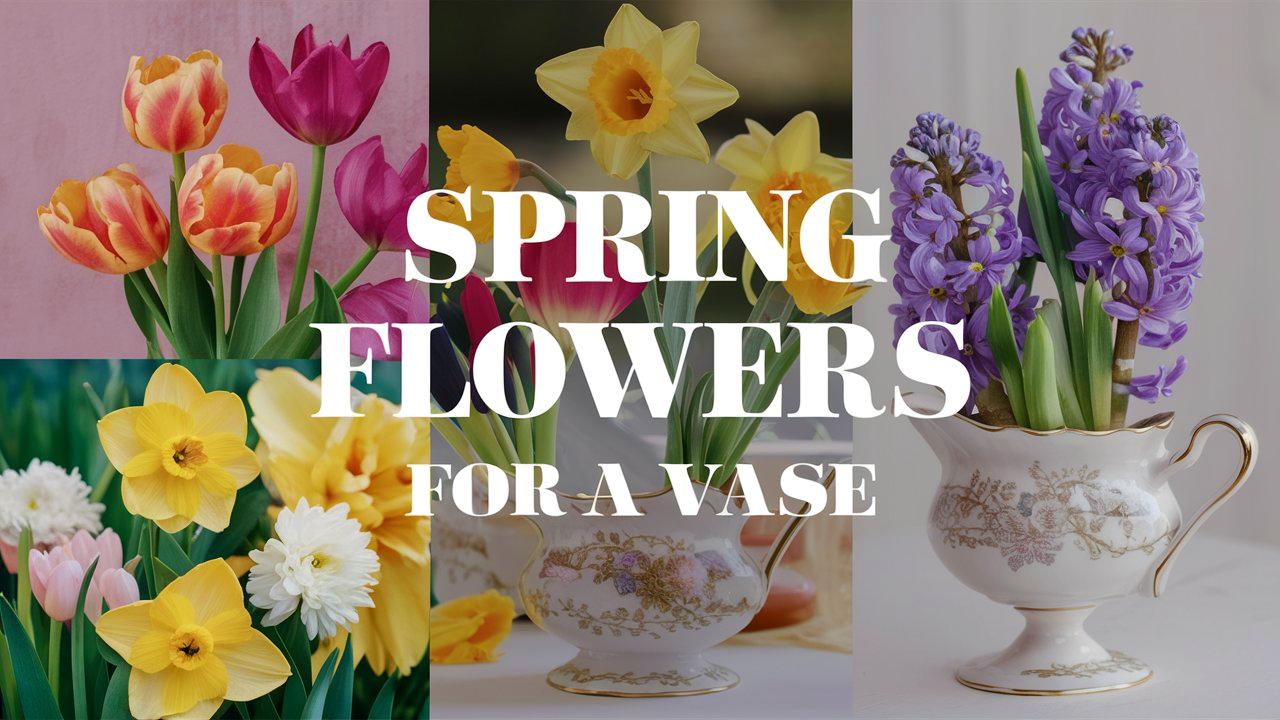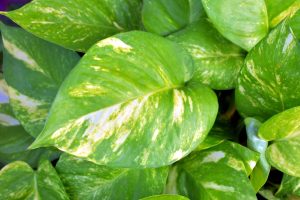Spring is a magical time of year, a season bursting with life, color, and the delightful fragrances of blooming flowers. Filling your home with spring blooms can bring a refreshing atmosphere, lifting spirits after the long winter months.
In this guide, we’ll explore some beautiful spring flowers that are perfect for vases, offering unique characteristics, care tips, and design ideas for each.
Daffodil
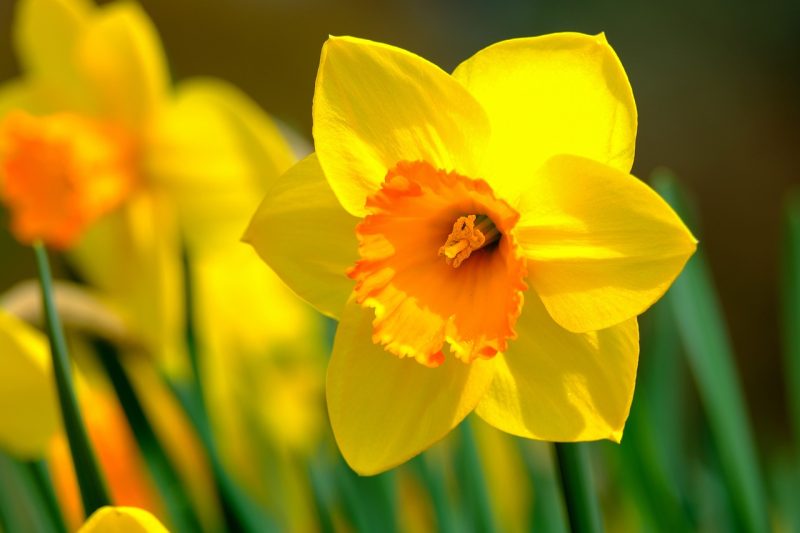
Daffodils, heralds of spring, bloom in vibrant shades of yellow and white. These cheerful flowers signify renewal and are often one of the first to emerge as winter’s grip loosens. Their sturdy stem and trumpet-shaped blooms make them ideal for arrangements.
When incorporating daffodils into a vase, be cautious as they release a sap that can be toxic to other flowers. It’s best to let them sit alone in the vase for a few hours; after that, you can combine them with other blooms that can tolerate the sap. Daffodils need water changes every couple of days to ensure longevity.
Tulip
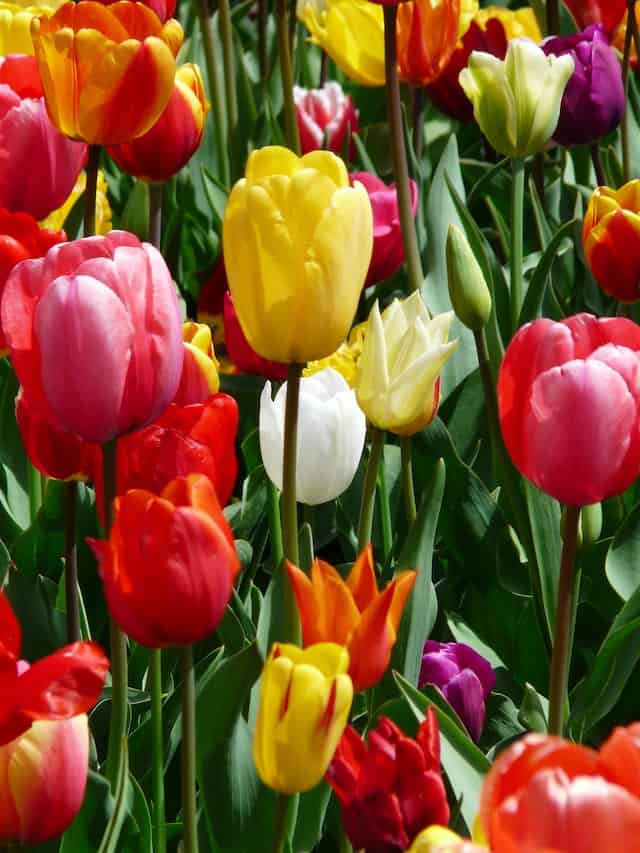
Renowned for their iconic shape, tulips come in a spectrum of colors that brighten any space. They symbolize perfect love, making them a favorite for special occasions like weddings and anniversaries.
Tulips thrive in cool environments. When you cut tulips, ensure to cut them at an angle to maximize water uptake. While arranging, keep in mind that they will continue to grow slightly after being placed in water; so consider a slightly shorter stem length than usual. Changing the water every few days helps these beauties to stay fresh longer.
Hyacinth
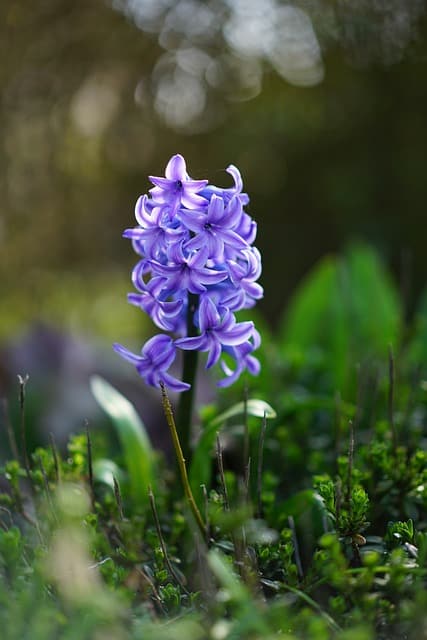
Hyacinths are beloved for their fragrant blooms, often a deep blue or violet, but they can also be found in pinks, whites, and yellows. Their scent is enchanting, filling the room with a sweet perfume.
When cut, hyacinths should be placed in water immediately, as they tend to wilt quickly. Try pairing them with lighter spring blooms to create contrast in both color and fragrance. Hyacinths benefit from cooler water, so consider adding ice cubes to the vase, which not only cools the water and slows down stem respiration but also prolongs their life.
Dwarf Iris
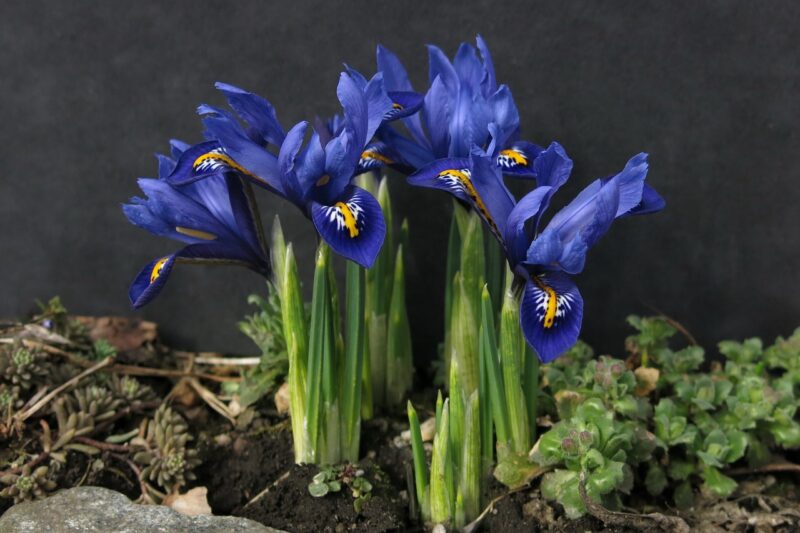
Dwarf irises, with their delicate petals and striking colors, are small but mighty in their visual appeal. These petite blooms offer an elegant touch to any arrangement, often coming in various shades of blue, yellow, and purple.
These flowers require minimal care once cut. Their compact size makes them ideal for small vases or mixed bouquets. It’s advisable to cut them early in the morning when they are fully hydrated. To maintain freshness, re-cut stems and change the water every few days, allowing Dwarf Iris to shine in your arrangements.
Poppy Anemone
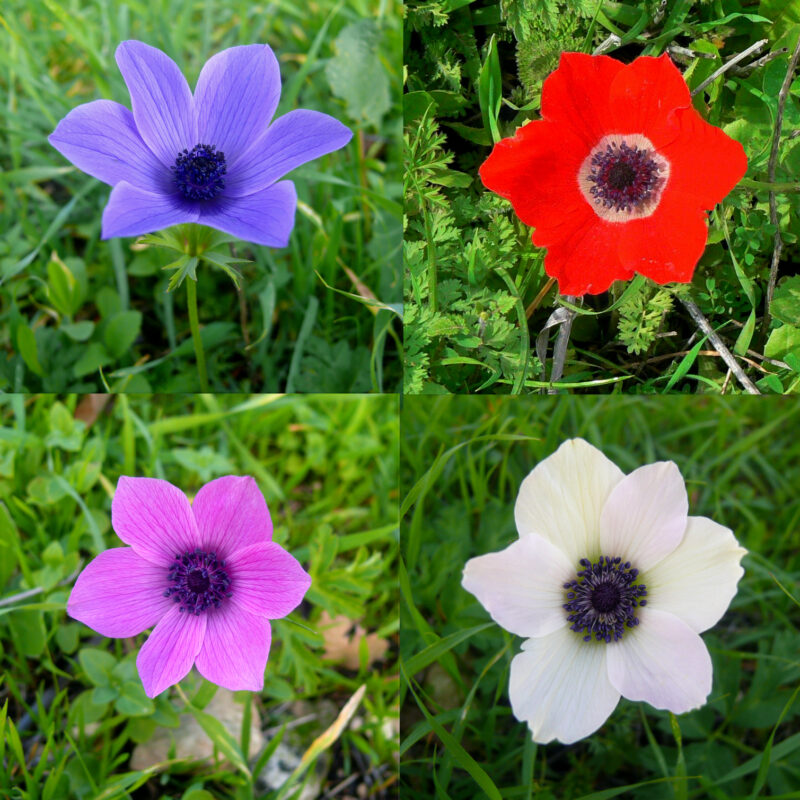
The Poppy Anemone captivates with its bold colors and unique petal structure. Available in hues ranging from deep reds to pure whites, these flowers resemble delicate silk petals.
These anemones require a little more attention after being cut. Their stems can be sensitive, so it’s best to cut them underwater to prevent air bubbles. They thrive in water that is replaced daily, which also helps keep the stems clear and healthy. These blooms pair beautifully with other spring flowers for dramatic, eye-catching arrangements.
Forget-me-Not
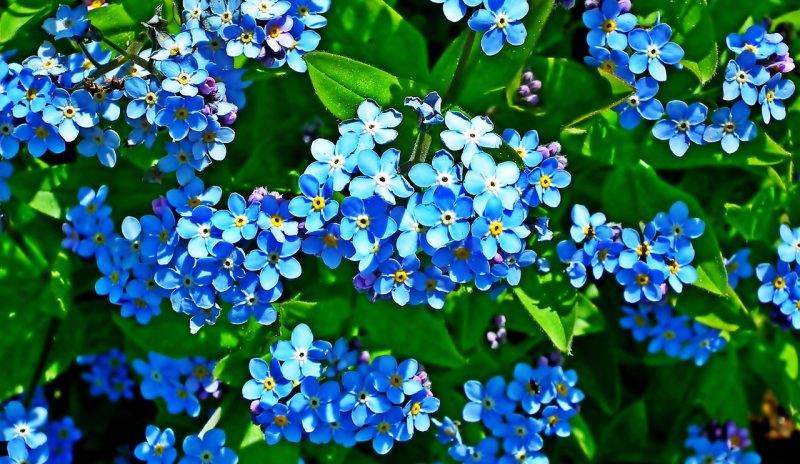
With their enchanting five-petal blossoms, forget-me-nots are a favorite for garden lovers. The soft blue color symbolizes remembrance and hope, making these flowers an ideal addition to bouquet arrangements.
Forget-me-nots are best suited for mixed bouquets. Their delicate structure means they should be added last to avoid bruising. Placing them in a cool, shady spot away from direct sunlight ensures they last longer. Surround them with larger blooms for a structured contrast that highlights their charming beauty.
Love-in-a-Mist
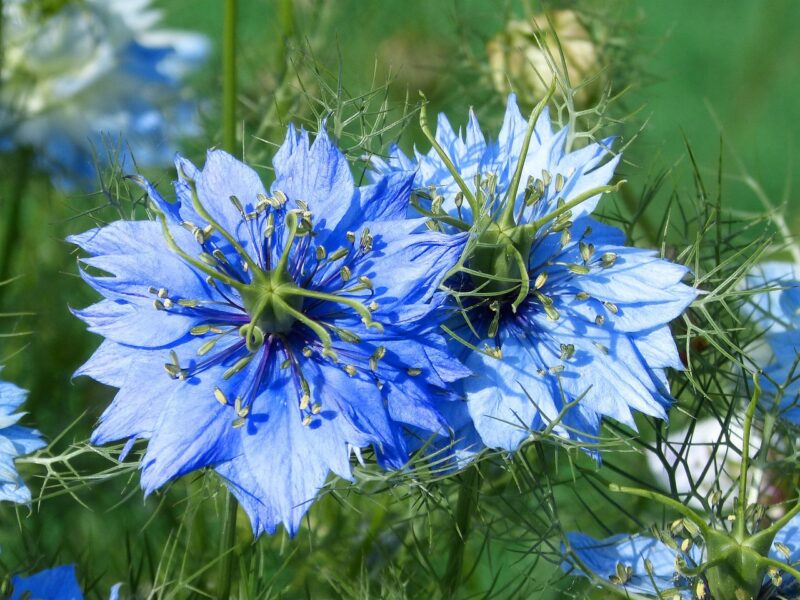
Known for its intriguing frilled petals and delicate foliage, Love-in-a-Mist, or Nigella, adds texture to your floral arrangements. Its color palette typically includes purples and blues, sometimes accompanied by a unique seed pod that can serve as a decorative element post-bloom.
To keep Love-in-a-Mist looking fresh, cut stems at an angle and place them in clean water immediately. This flower can last quite a while in arrangements, and it looks stunning alongside stronger blooms that may help to support its delicate appearance.
Ranunculus
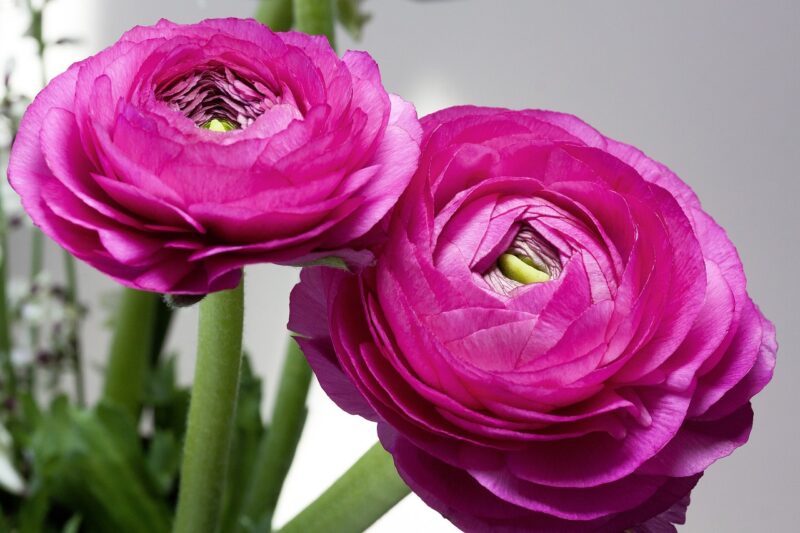
Ranunculus is renowned for its lush, layered petals and vibrant colors. These flowers exude luxury and come in a variety of shades, from soft pastels to brilliant oranges and reds. They symbolize charm and attractiveness.
For a stunning display, mix ranunculus with other spring flowers. They last long in arrangements, but they should be placed in a cooler area to prevent wilting. Ensure the stems are cut underwater to allow for maximum hydration. Change the water daily to keep them vibrant.
Soapwort

Soapwort, often overlooked in floristry, boasts cluster-like blooms with delicate flowers in shades of pink and white. This plant derives its name from the saponins in its leaves, which were historically used as a soap substitute.
When using soapwort in a vase, the key is to treat it gently. Its stems can be brittle, so a fresh cut at an angle will help. They’re perfect for adding softness and subtle fragrance to arrangements. Pair them with bolder blooms for a striking contrast.
Calla Lily
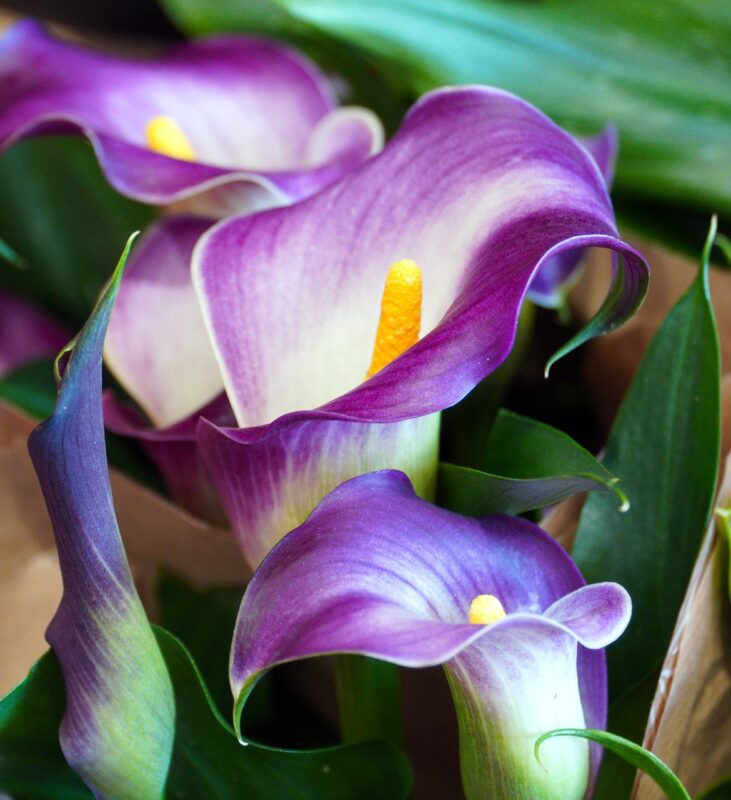
Elegant and sophisticated, Calla Lilies are prized for their unique shape and stunning colors, including white, yellow, and deep purple. These flowers signify beauty and purity, frequently appearing in wedding bouquets.
For the best presentation in a vase, use a tall, narrow arrangement that emphasizes their distinct form. Calla Lilies enjoy being in water that is changed frequently; a simple rinse and refresh can keep them looking fresh for days. Use a floral preservative to further enhance their longevity.
Peony
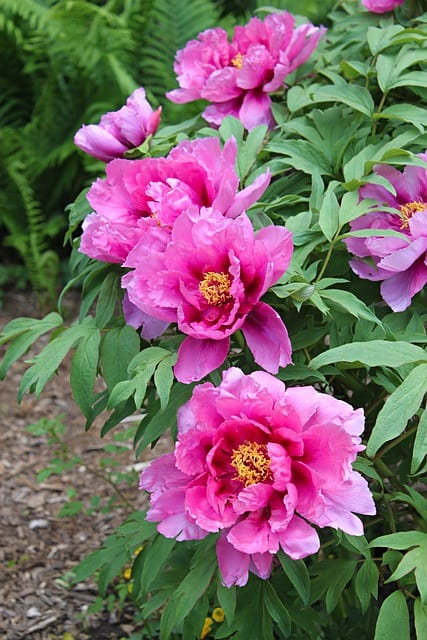
Peonies are a springtime favorite known for their lush, full blooms and intoxicating fragrance. Coming in a range of colors from soft pinks to vibrant reds, these flowers symbolize romance and prosperity.
When arranging peonies, consider that they can be quite heavy due to their size. Using sturdy stems and low bases can provide balance and elegance. Re-cut the stems at an angle before placing them in water, and allow the leaves to remain above the waterline to prevent rot. Peonies thrive with a daily water change, ensuring their longevity.
Daisy
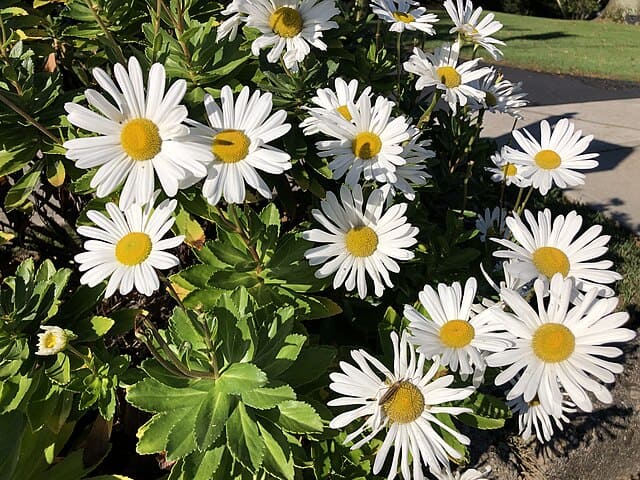
Daisies are simple yet timeless, bringing a breath of fresh air to any arrangement. Their classic white petals and sunny yellow centers embody innocence and cheerfulness.
These flowers are easy to care for and can thrive in small or large vases. Their sturdy stems allow for pairing with various other blooms or herbs. To keep daisies fresh, treat them like other cut flowers: re-cut stems, change water frequently, and avoid direct sunlight. Adding a small amount of sugar can enhance their durability.
Allium
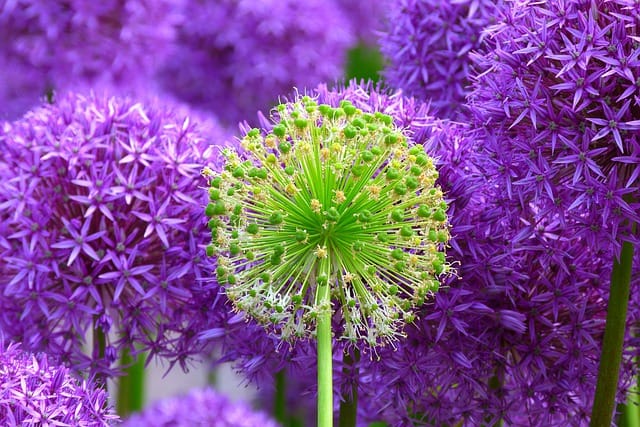
Allium, known for its globe-like clusters of tiny flowers, adds drama to any arrangement. Available in purple, blue, or white, these flowers symbolize unity and humility.
Allium can last a long time in arrangements; however, they do benefit from a fresh cut and clean water. Place them in a vase where they have room to spread out and show off their unique shape. Pair them with softer blooms to create a beautiful harmony in your spring displays.
Lenten Rose
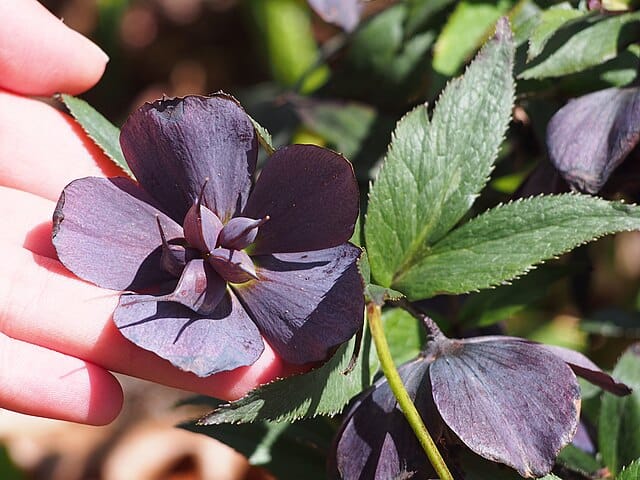
The Lenten Rose offers subtle beauty with its delicate, cup-shaped blooms, ranging from creamy whites to deep purples. As one of the earlier spring flowers, they symbolize tranquility and perseverance.
When cut for vases, Lenten Roses should be handled gently due to their fragile structure. They can last several days to a week in a vase but may require refreshing water every couple of days. Pair them with other muted tones for an elegant display.
Forsythia
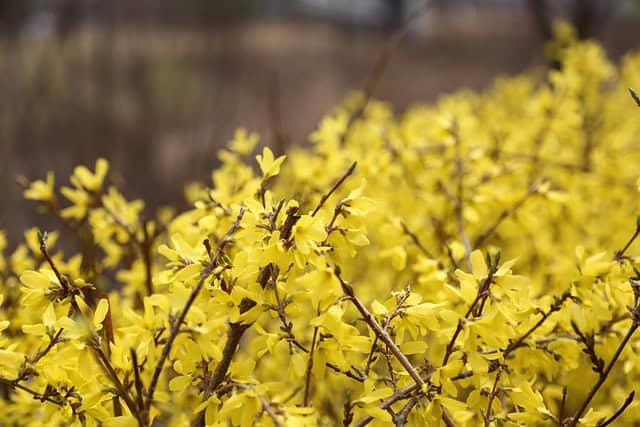
Forsythia is a favorite spring flower known for its bright yellow blooms that signal the arrival of warmer days. These branches can be cut and arranged in a vase, offering a burst of cheerful color.
To create a striking centerpiece, cut long branches of forsythia and place them in a tall vase. Their longevity is impressive, especially when kept in fresh water. Forsythia pairs well with more delicate blooms, balancing out their robust personality.
Pigsqueak

Pigsqueak, or Bergenia, features large, striking leaves and small pink flowers that emerge in the spring. This unique plant, named for the noise made when its leaves are rubbed together, offers both foliage and flowers for arrangements.
When using pigsqueak in vases, cut the stems near the base and allow the blooms to complement other larger flowers. Their water requirements are moderate; change the water regularly for the best results. The thick leaves can add texture and depth to any bouquet.
Camellia
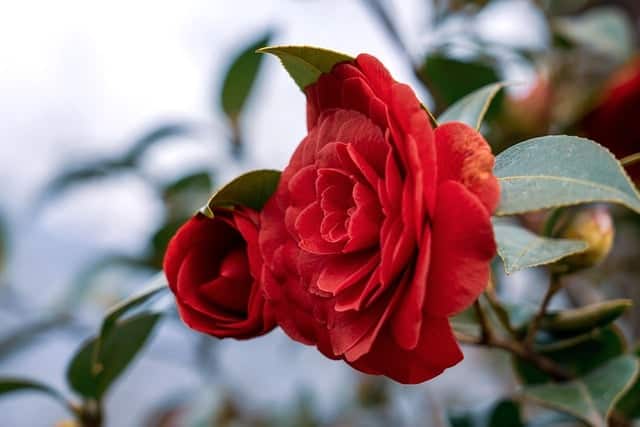
Camellias are classic spring flowers admired for their intricate, layered blooms. Available in soft pinks, white, and vibrant reds, they represent love and admiration.
For best results, cut camellias early in the morning when they are hydrated, ensuring the stems are at least an inch long for water uptake. Arrange them in deep, elegant vases to showcase their beauty. They can last several days, and filling the vase with cold water can help maintain their freshness.
Bearded Iris
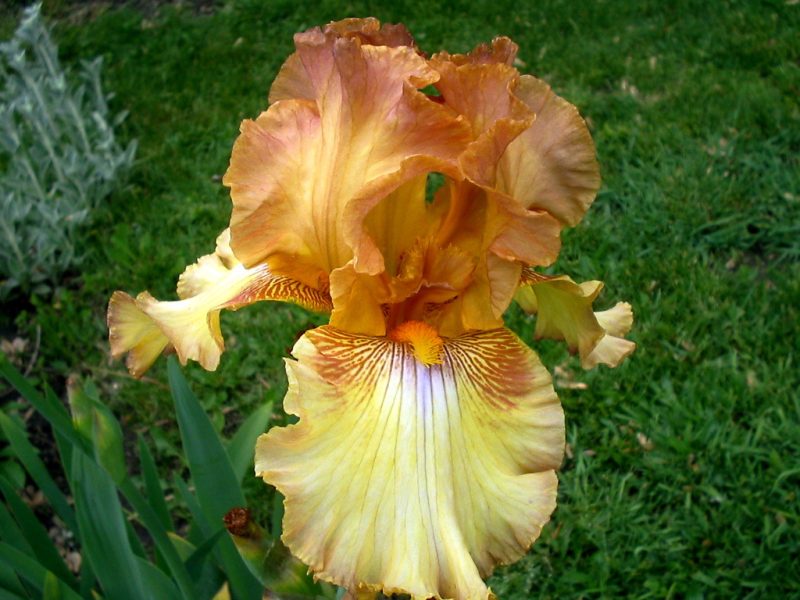
Bearded irises are celebrated for their stunning blooms with ruffled petals and a variety of colors. They symbolize hope and valor, making them a meaningful addition to any arrangement.
When preparing bearded irises for a vase, trim their stems at a diagonal cut and place them in fresh water immediately. They appreciate light but can droop if kept in direct sunlight for too long. Re-cut their stems and refresh the water regularly to maintain their beauty.
Bachelor’s Button
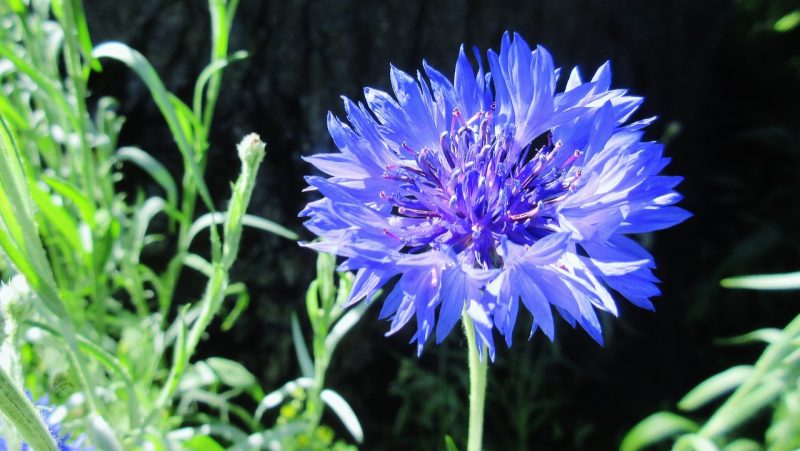
Bachelor’s buttons, or cornflowers, shine in shades of blue, making them standout additions to spring bouquets. Historically, they symbolize delicacy and hope, adding a romantic flair to floral arrangements.
These flowers are relatively easy to grow and maintain. Simply cut their stems under water and place them in a clean vase to ensure their vibrancy. Bachelor’s buttons blend beautifully with wildflowers and other spring blooms for a wildflower-inspired arrangement.
Russian Sage
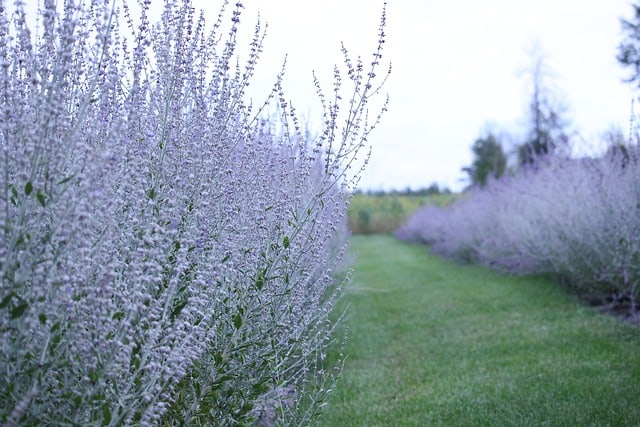
Russian sage, with its silver-green foliage and delicate purple flowers, provides a textured backdrop for your floral arrangements. This hardy plant symbolizes security and longevity, making it a great addition for any spring bouquet.
When cut, allow the stems to rest in water for a few hours before arranging. While Russian sage is resilient, changing water often will prevent bacteria growth and help the flowers stay fresh longer. Use them as a filler to add contrast in height and color to more traditional blooms.
Pansy
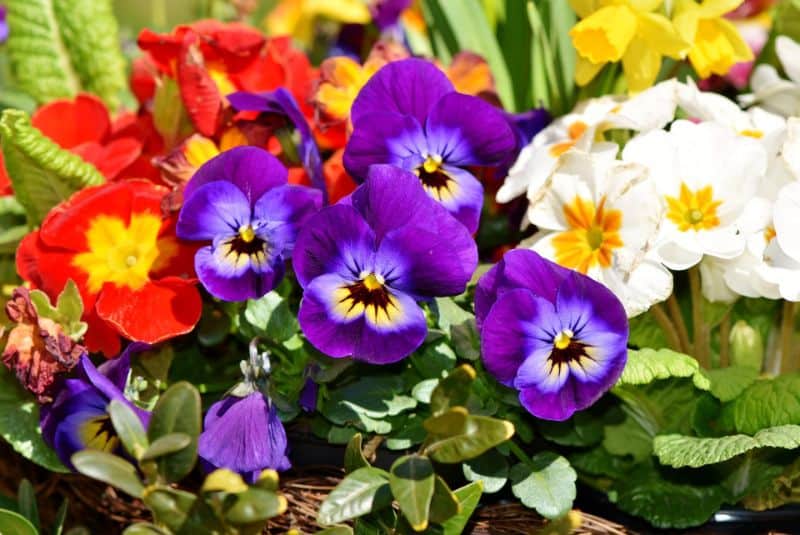
Pansies are beloved for their vibrant blooms and playful appearances. With faces that come in various colors, they’re a wonderful addition to spring bouquets as they symbolize thoughtfulness.
Cut pansies close to the base, ensuring that you handle them delicately to prevent bruising. They thrive in fresh water but prefer cooler temperatures. Pansies can float in shallow arrangements or added into arrangements with more substantial stems to create a delightful contrast in texture.
Virginia Bluebell
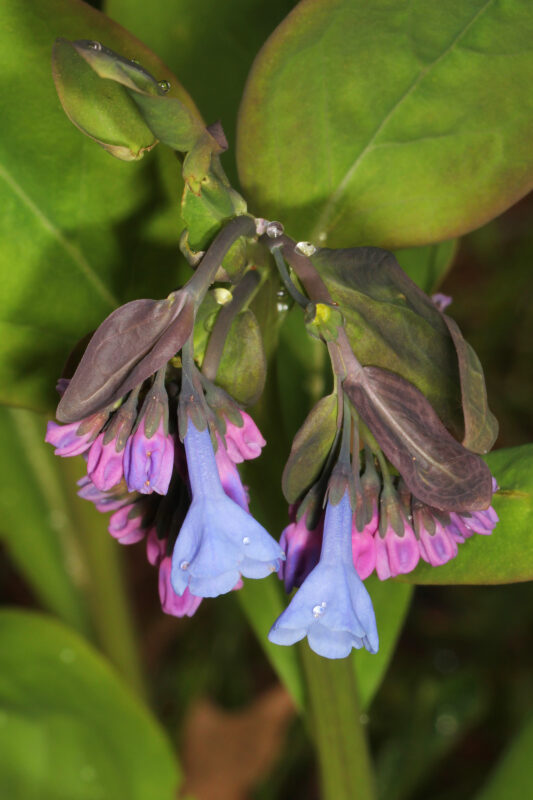
Virginia Bluebells are charming spring perennials with drooping flowers that offer a stunning blue hue reminiscent of a clear sky. These flowers can create a romantic and serene atmosphere.
For vase arrangements, cut them at an angle and place them in cool water immediately. Pair bluebells with whites and yellows for a striking spring aesthetic. Changing water regularly ensures they don’t wilt quickly, allowing you to appreciate their beauty longer.
Pussywillow
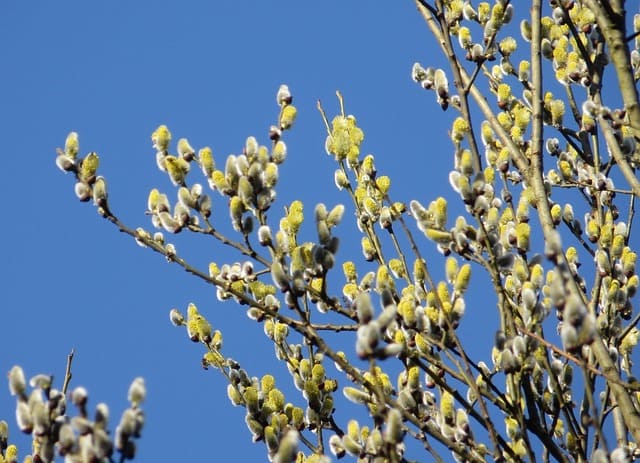
Pussywillow is recognized for its soft, furry buds that add a whimsical touch to arrangements. These charming elements bring a tactile aspect to floral displays.
When using pussywillow, it’s best to arrange them with other spring blooms for added dimension. Consider placing them in tall vases to showcase their height. They require not much more than being placed in water, making them low maintenance while still adding visual interest.
Columbine
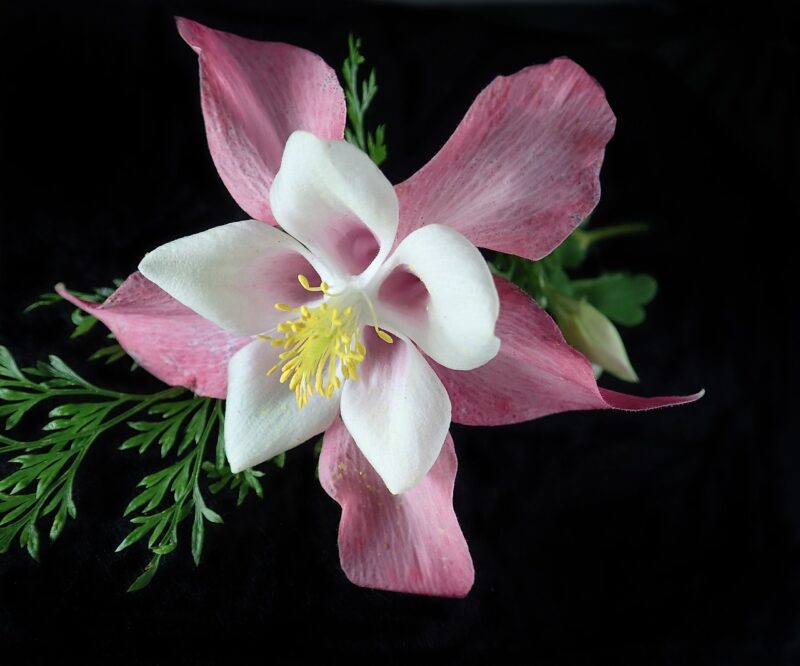
Columbine flowers bring a unique, intricate look to any arrangement with their spurred petals and variety of colors. These blooms symbolize courage and faithfulness, making them a meaningful addition.
When cut, columbines should be placed in water as soon as possible. For arrangements, they look lovely in mixed bouquets; their delicate, intricate flowers can be preserved by regularly changing the water and shortening the stems as required.
Lily of the Valley
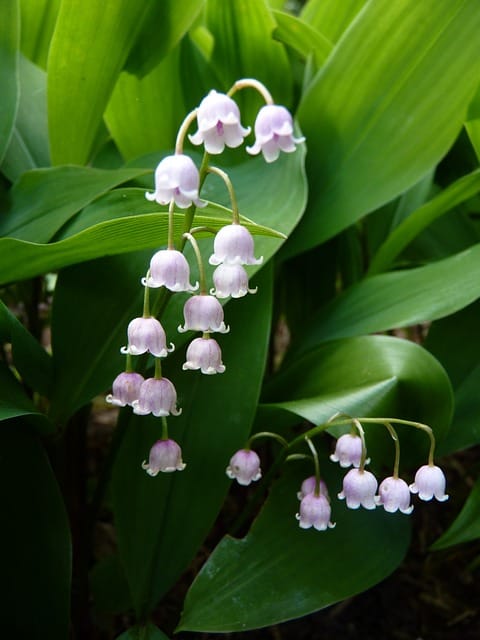
The delicately bell-shaped flowers of Lily of the Valley convey sweetness and humility. Their enchanting fragrance and lush green foliage make them a cherished choice for spring arrangements.
Due to their fragile nature, handle these flowers with care when cutting. Use them to grace smaller vases, highlighting their simplicity. Lily of the Valley thrives in fresh, cool water and benefits from daily changes to keep it looking fresh and vibrant.
Grape Hyacinth
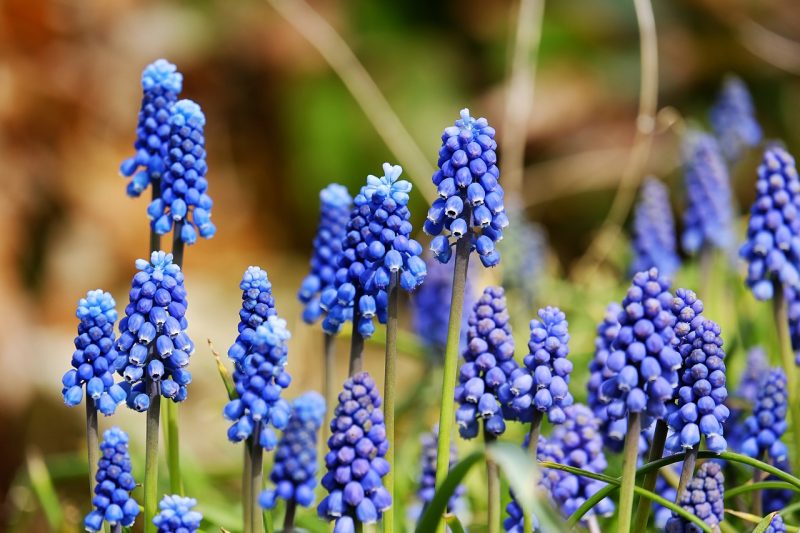
Grape Hyacinths are adorable little flowers with dense clusters resembling grapes. Their beautiful deep blue or lavender hues add a pop of color to any springtime arrangement.
Cut grape hyacinths early in the day and place them in clean water. These tiny blooms pair perfectly with larger flowers for a playful contrast. Given their petite size, they should be handled gently and can benefit from frequent water changes to keep their bright colors intact.
Sweet Pea
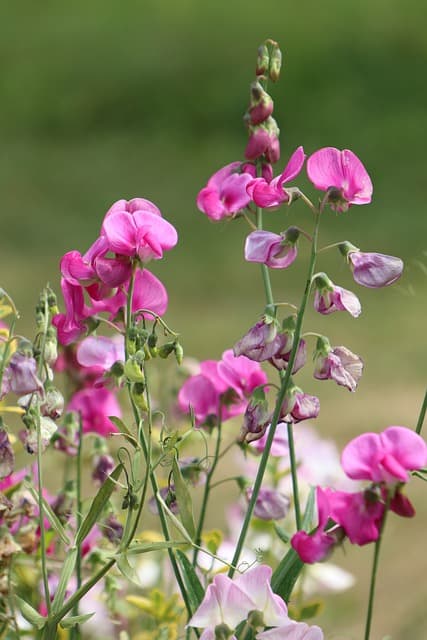
Sweet peas encompass honeysuckle and floral sweetness, offering a delightful fragrance that makes them a favorite among gardeners and florists alike. They come in a variety of colors, making them versatile in arrangements.
To keep sweet peas fresh, cut stems at an angle and immerse them in water immediately. They need to be placed in a cool spot, as they can wilt quickly in warm temperatures. These blooms work wonderfully in mixed arrangements and add an aromatic touch that’s hard to resist.


